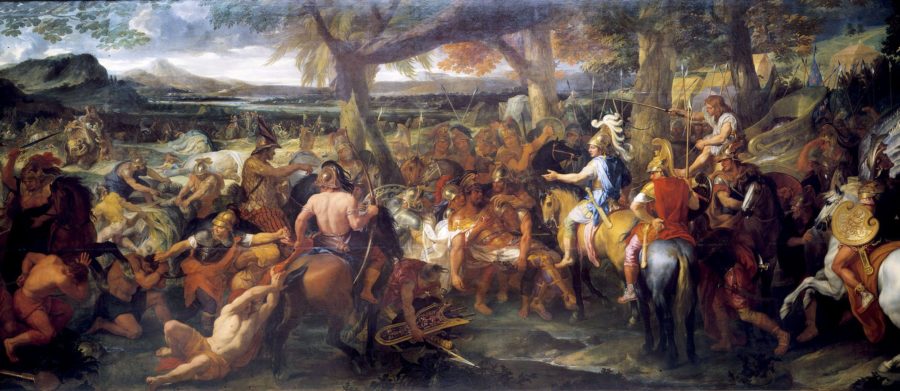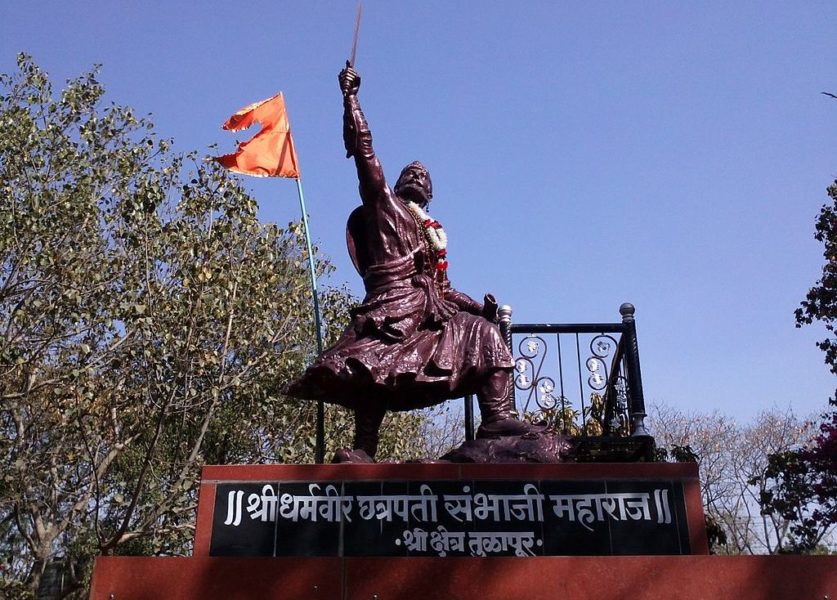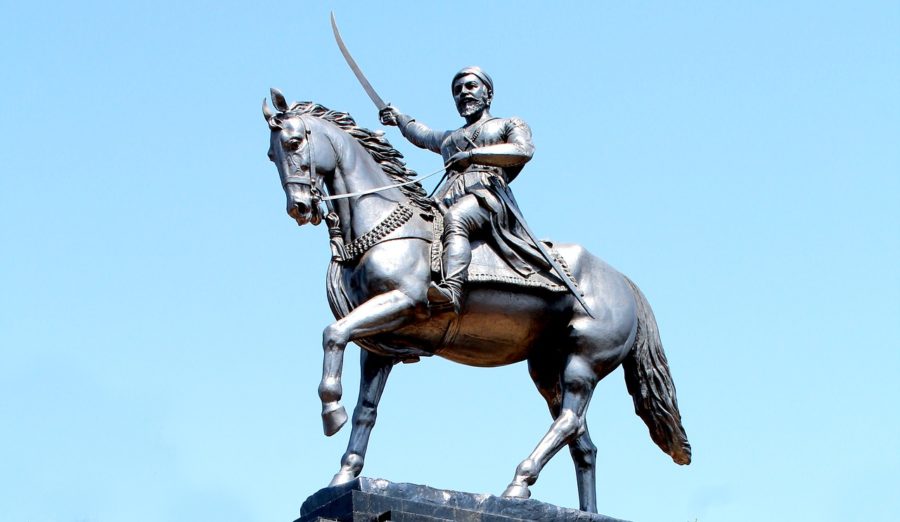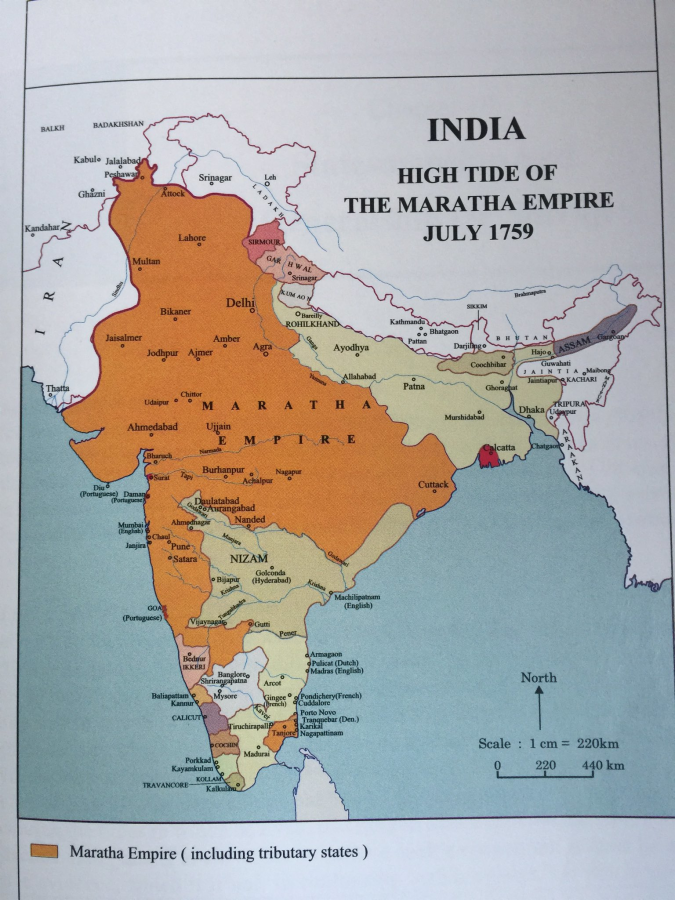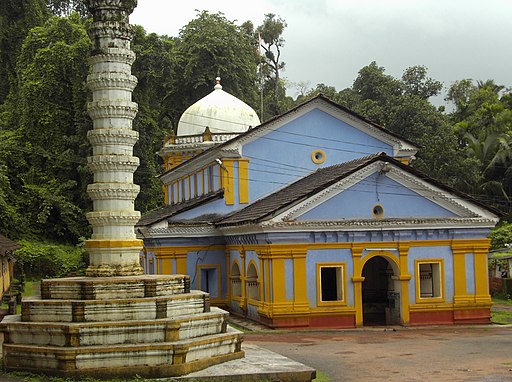In Part 1, we covered the early years of Alexander the Great, as well as his conquest of Asia Minor, Egypt and Persia. In this part, we attempt to complete the story, as well as take a critical look at the life of one of the greatest figures in history.
The Hetairoi and the Somatophylakes
Along with the phalanx formation, one of the greatest strengths of the Macedonian army was the Companion cavalry, called the Hetairoi. This was probably the first use of shock cavalry troops in the world. Originally conceived by Philippos, it was perfected by his son. In Alexander’s time, the Companion Cavalry comprised 2000-3000 of the best horsemen. These riders formed the ‘hammer’, charging into the enemy forces like a wedge. The enemy army, on the other hand, would be locked in place by the ‘anvil’ of the Phalanx Infantry. Unable to move, it would be destroyed by the Companions. Many of Alexander’s victories were achieved thus!
But to lead such a specialized attack, requires leaders of the highest caliber. These Alexander had in the form of the Somatophylakes, his Elite Guard, 7-8 hand-picked warriors that also led the Companion cavalry. These generals, including the likes of Ptolemy, Demetrius, Perdiccas and Alexander’s dearest friend Hephaestion, did not have any organizational structure, but were rather given certain duties as per their proven abilities. This system resulted in the benefit that, in order to prove their worth and get the most important duties, these generals would achieve great deeds and stature. However, it also proved a weakness after Alexander’s death, as they had no structure to fall back on and began vying with one another for power.
Alexander in Persepolis
Alexander entered Persepolis (Parsa), the capital of Persia, after his victory at Gaugamela. There, his armies looted the treasuries for five days while he himself stayed at the Emperor’s palace. During a drunken revelry by his soldiers, a fire broke out and spread into the city which they later put out.
The historian Plutarch mentions an anecdote where Alexander came across the fallen statue of the former Emperor Xerxes I, who had invaded Greece and destroyed Athens. Alexander said to the statue, “Shall I pass by and leave you lying there for your expeditions against Greece? Or shall I reinstate you for your virtues and magnanimity as a ruler?” Yet he also visited the tomb of the Persian Emperor Cyrus the Great, renowned for his conquests, wisdom and benevolence throughout the ancient world. As a mark of respect, he ordered his architect to decorate the tomb.

The present Persian Emperor Darius III had fled towards Central Asia under protection of his vassal Bessus. Alexander set out in pursuit. Upon hearing news of his approach, Bessus treacherously killed Darius, declared himself the emperor, and retreated to the mountains.
Conquest of Central Asia
Alexander gave Darius III a regal funeral next to his ancestors, and declared himself Shahenshah of Persia. Viewing Bessus as a usurper, he began his conquest of Central Asia.
Alexander campaigned through Media, Parthia, Aria, Arachosia, Bactria and Scythia. Fearing his wrath, Spitamenes, one of Bessus’ generals, betrayed and handed him over to Alexander’s general Ptolemy. However, after Alexander executed Bessus and went on to fight the Scythians at the Battle of Jaxartes, Spitamenes revolted against him. Angered, Alexander launched a campaign and defeated him in the Battle of Gabai. Spitamenes’ own men then killed him and surrendered to the Greeks. Thus, Alexander conquered most of Central Asia.
At a ceremony of accepting allegiance from all the local warlords who had surrendered, he espied Roxana, daughter of one of Spitamenes’ noblemen and fell in love with her. Against the wishes of his countrymen, he wed her in 327 BCE at a grand ceremony, thus cementing his rule over Central Asia.

Trouble in the Camps
It was around this time that signs of strife became apparent within Alexander’s camps. His armies, hitherto comprised mainly of Macedonian and Greek soldiers, had now swelled to include Persians and Central Asians who had vastly different religions and customs. This spelled trouble.
The Persians insisted on following their ancient custom of proskynesis- prostrating themselves on the ground- as a sign of respect towards their Emperor. Alexander allowed this; however, the Greeks were offended because in their culture it was only proper to prostrate before the gods. They began to believe that Alexander now viewed himself as a god. His approval of Persian customs, as well as increasing indulgence in drinking made it seem like he was corrupted and weakened by the Persian influence.
The Killing of Cleitus
There were several plots against his life, and Alexander had all the suspects brutally executed. But the most infamous incident occurred in Samarkand when Cleitus, a veteran general from the times of King Philippos, accused him of favoring the Persians.
What began as a drunken altercation between friends soon erupted into a violent quarrel. Cleitus, who had once saved Alexander’s life at the Battle of Granicus, opposed his allowing proskynesis and employing Persian eunuchs. He stated that Alexander owed much of his success to his father Philippos. Angry and bitter, a drunken Alexander ordered his men to strike Cleitus. Instead, they sensibly tried to remove him from the court; but Cleitus refused to leave and continued arguing. Alexander furiously seized a spear and drove it into his heart.

When he came to his senses later, Alexander was so remorseful that he refused to eat food for many days out of shame and guilt. But the black deed was done; the man who had saved his life had died at his hand. This would haunt Alexander till his dying day.
Campaign in the Indian Subcontinent
After his marriage, he began his campaign in the Indian Subcontinent. He invited the rulers of the Gandhara region (present-day border of Afghanistan and Pakistan) to swear fealty to him. King Ambhi of Takshashila submitted as a vassal; however, the Kamboja hill tribes refused. Ambhi, eager to please, helped the Companions Hephaestion and Perdiccas construct a bridge for their armies. Alexander personally led them and defeated the hill-tribes after a hard-fought battle. Ambhi received him with great splendor at his capital, and promised to support his conquest. In return, Alexander allowed him to keep all his lands and gave him valuable gifts. The stage was set for Alexander to enter the Punjab.
An apocryphal story states that the philosopher Chanakya, accompanied by his young pupil Chandragupta Maurya witnessed Alexander at Takshashila. Their appreciation of Alexander’s power, as well as the threat posed by conquerors like him, strengthened their plans to create a powerful empire.
King Puru (called Porus by the Greeks) of the Paurava dynasty, who ruled the land between the Jhelum and Beas rivers, had a longstanding rivalry with Ambhi. As news reached Puru of the Greeks crossing the Khyber Pass and defeating the Hindu Kush mountain tribes, he prepared for war.
Crossing of the Jhelum
Alexander, accompanied by Ambhi, marched into Punjab with 40,000 infantry and 5,000 cavalry. He fixed his camps on the right-hand of the Jhelum River. On the opposite side to the south was Puru with his 30,000 infantry, 4000 cavalry, 1000 chariots and 130 elephants. However, the river was in full force, and anyone trying to cross it would be at a disadvantage. What would happen now?
Alexander rode along the length of the river, trying to find a suitable place where he could cross. Once he had found it, he began his preparations. He ordered his general Craterus to keep pretending to charge, frequently feinting attacks before falling back. Simultaneously, he used a lookalike to pretend as if Alexander was holding court at the camp. Wearied by these tactics, Puru relaxed in his vigilance. Taking advantage, Alexander quietly moved some of his forces upstream to the crossing.

One day, he suddenly led more than 10000 men across the raging river. Perceiving his move, Puru sent his son with his best chariot troops to face the Greeks. But as luck would have it, the earlier days had seen fierce rains and their wheels frequently got stuck in the mud. The young prince and his charioteers fell to the Greek arrows; Alexander advanced.
Battle of the Hydaspes (Jhelum)
By this time, Puru had prepared for battle. He placed cavalry on both flanks and chariots at the front, while the elephants stood in front of the infantry. Alexander’s horse archers engaged the right wing, while he led his famed Companion Cavalry to attack the left. Puru’s right wing soon became overwhelmed, and required reinforcements. The elephants caused a great havoc among the Phalanx Infantry, which had never faced anything like it. They began desperately throwing javelins at the mahouts driving the elephants. The war became the most difficult one ever fought by Alexander. Ultimately, he managed to smash through the center with his classic ‘hammer and anvil’ strategy, and the Indians were routed.
Even then, Puru continued to fight valiantly, until Craterus arrived with reinforcements from the other shore and captured him. Impressed with his courage, Alexander asked Puru how he wished to be treated. Puru famously answered, ‘Treat me as a king would treat another king!” Alexander set him free, returned all his lands and gave him additional territories to rule. He named Puru a personal friend and his plenipotentiary satrap in India.
Death of a Conqueror
After Punjab, Alexander planned to challenge the Magadha Empire (Bihar) and the Gangaridai (Bengal). However, his spies reported of Magadha being far more powerful than Puru’s army. His soldiers, already tired from a decade of constant warfare, longed for home. They refused to go any further.
Alexander decided to turn back. Returning to Susa (Babylon) in 324 BCE, he married Stateira II, daughter of Darius III, and her cousin Parysatis. He was now officially a member of the Persian royal family. His vast empire stretched from Egypt, Greece, and Turkey, through Mesopotamia, Persia and Central Asia up to north-western India. He took the title Lord of Asia, and began planning extensive campaigns in Arabia. However, the death of his dearest friend Hephaestion left him grieving.

In June 323 BCE, Alexander contracted high fever, and was ill for days. All remedies failed, and he passed away at the age of 32. Though many suspected poison, there is little proof to support it. Most historians attribute his death to typhoid-like fever, worsened by his poor health due to heavy drinking and years of battle wounds.
Aftermath
Alexander’s unexpected death shook the ancient world. Without his clear vision, his commanders and family turned on each other. His wife Roxana was pregnant when he died, and soon gave birth to a son, Alexander IV. She had his other wives killed to avoid competition, and with the help of his generals set up her infant son as Emperor. However, they soon betrayed her and claimed power for themselves. The empire plunged into war for 40 years before settling into 4 stable kingdoms: Egypt under Ptolemy, Macedon under Antigonus, Anatolia under Attalus, and Central Asia and Mesopotamia under Seleucus.
Legacy
Alexander had many flaws, such as a fiery temper and indulgent drinking habits. His failure to name an heir and plan his succession led his mighty empire to dissolution.
However, Alexander fought 20 major battles over 12 years and won them all, creating a vast empire of 5.2 million sq. km! His brilliant strategies, personal leadership, diplomatic tact, and respect for different faiths and cultures cemented his status as one of the most admired men in history. His campaigns extended Greek culture and influence into Asia and Africa. Large parts of these territories were under Greeks for centuries after him, leading to the ‘Hellenistic period’ of history. Trade, prosperity and cultural exchange increased across 3 continents, and the legend of invincible Alexander became forever etched upon the pages of history.
‘The Great’ seems a well-earned title, after all!
– Ashutosh Dixit
